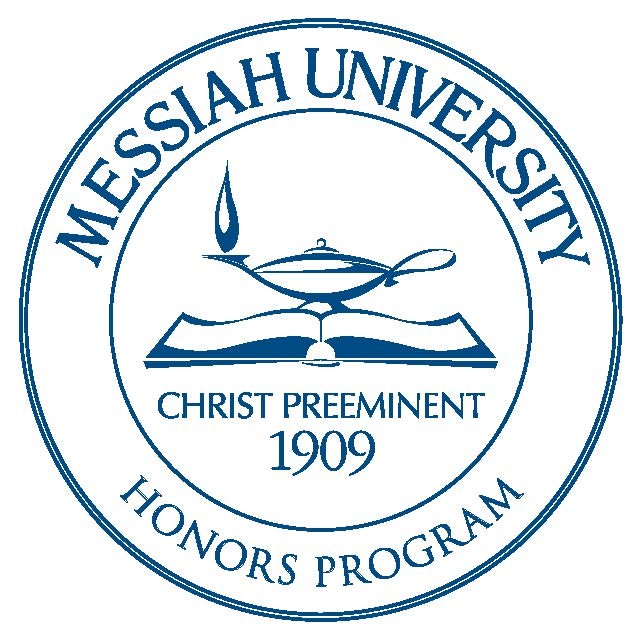Date of Award
12-4-2001
Document Type
Thesis
Department
English
First Advisor
Dr. Paul Nisly
Abstract
Fyodor Mikhailovich Dostoevsky's "Crime and Punishment" is "a work whose timeliness increases rather than diminishes with the years, and whose artistic power has scarcely been matched since it was first published in 1866" ("Crime" vi). The novel evolved from the original title of "The Drunkards" into a seven-part story depicting the decline of a murderer in the days following his crime. Rodion Romanovich Raskolnikov struggles with the mental implications of killing an old, heartless pawnbroker and her innocent sister who stumbles into the murder scene. The heinous axe-murder results from Raskolnikov's philosophy he created while lazily despising his poverty. His theory destines some men (himself included) to be free from the moral laws of humanity.
Recommended Citation
Smith, Sarah Cathleen, "Promising Regeneration: Religious Symbolism in Dostoevsky's "Crime and Punishment"" (2001). Honors Projects and Presentations: Undergraduate. 245.
https://mosaic.messiah.edu/honors/245


